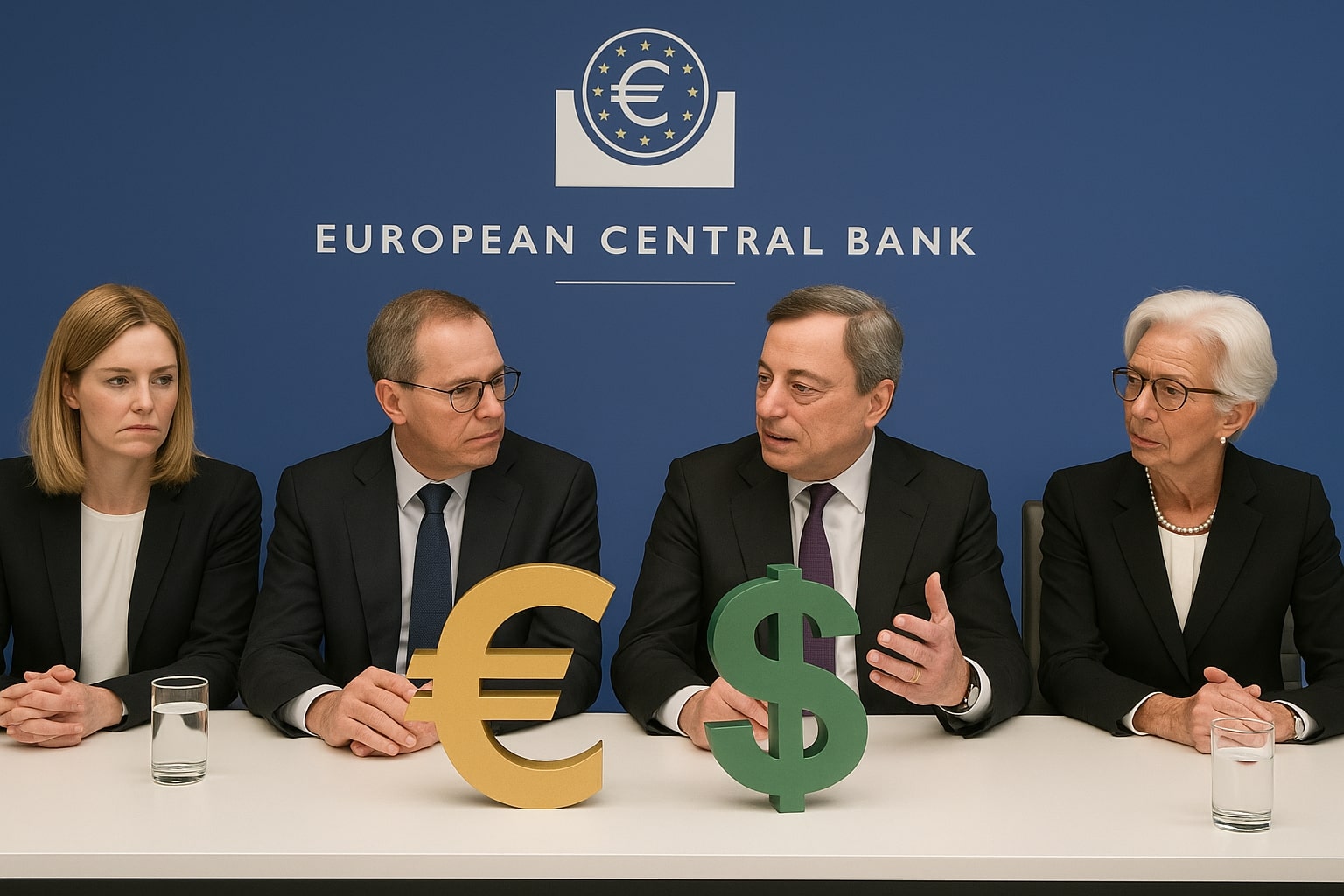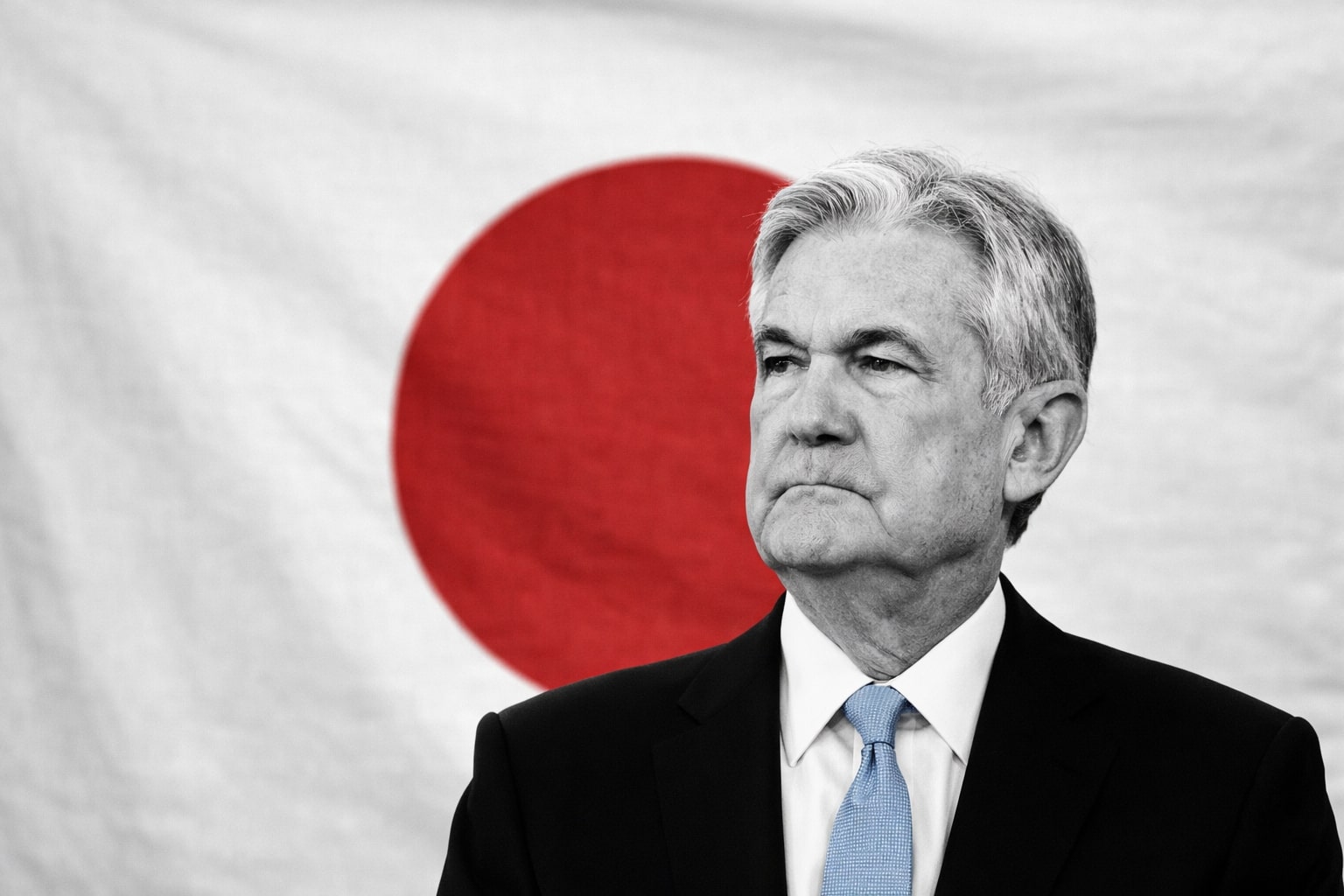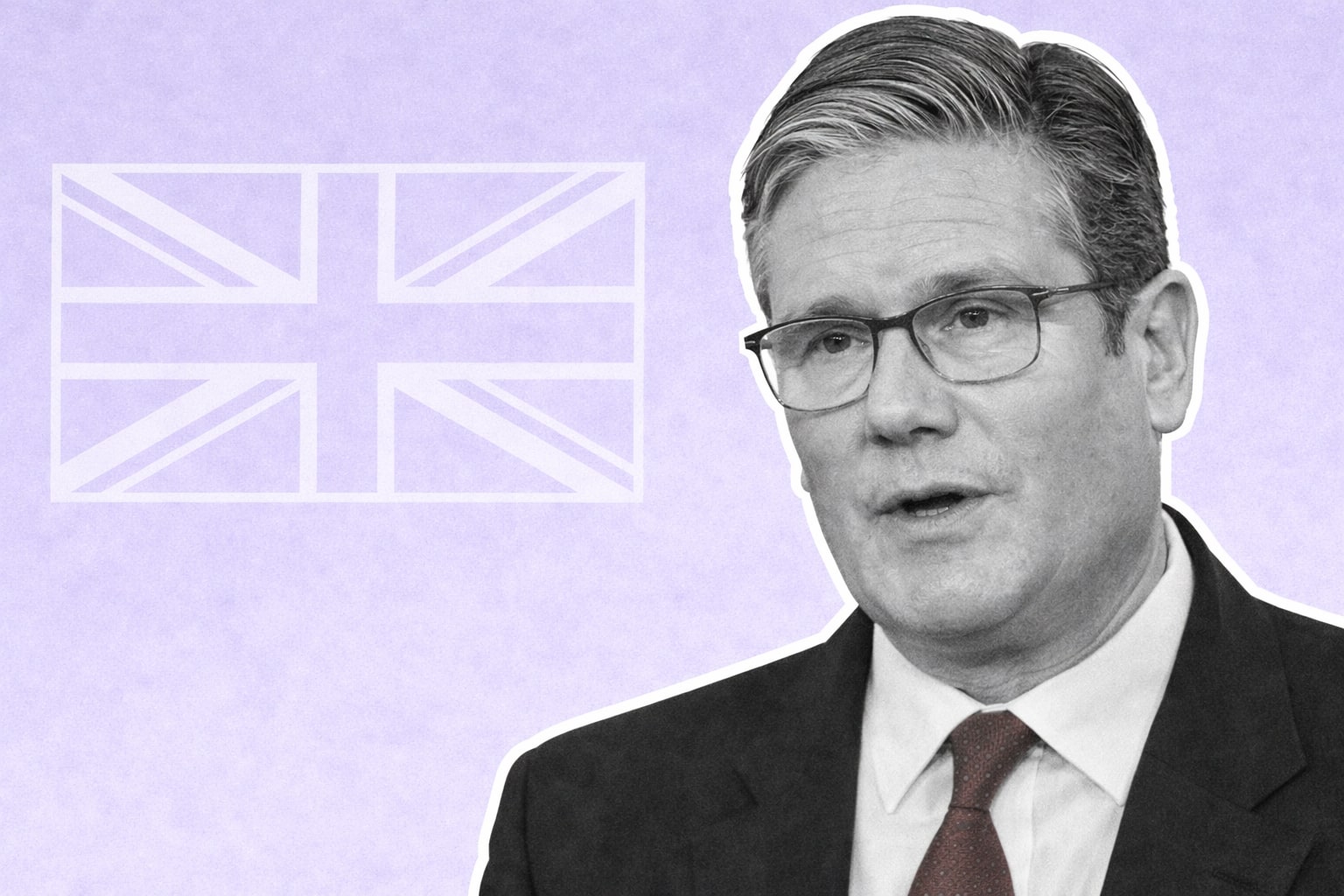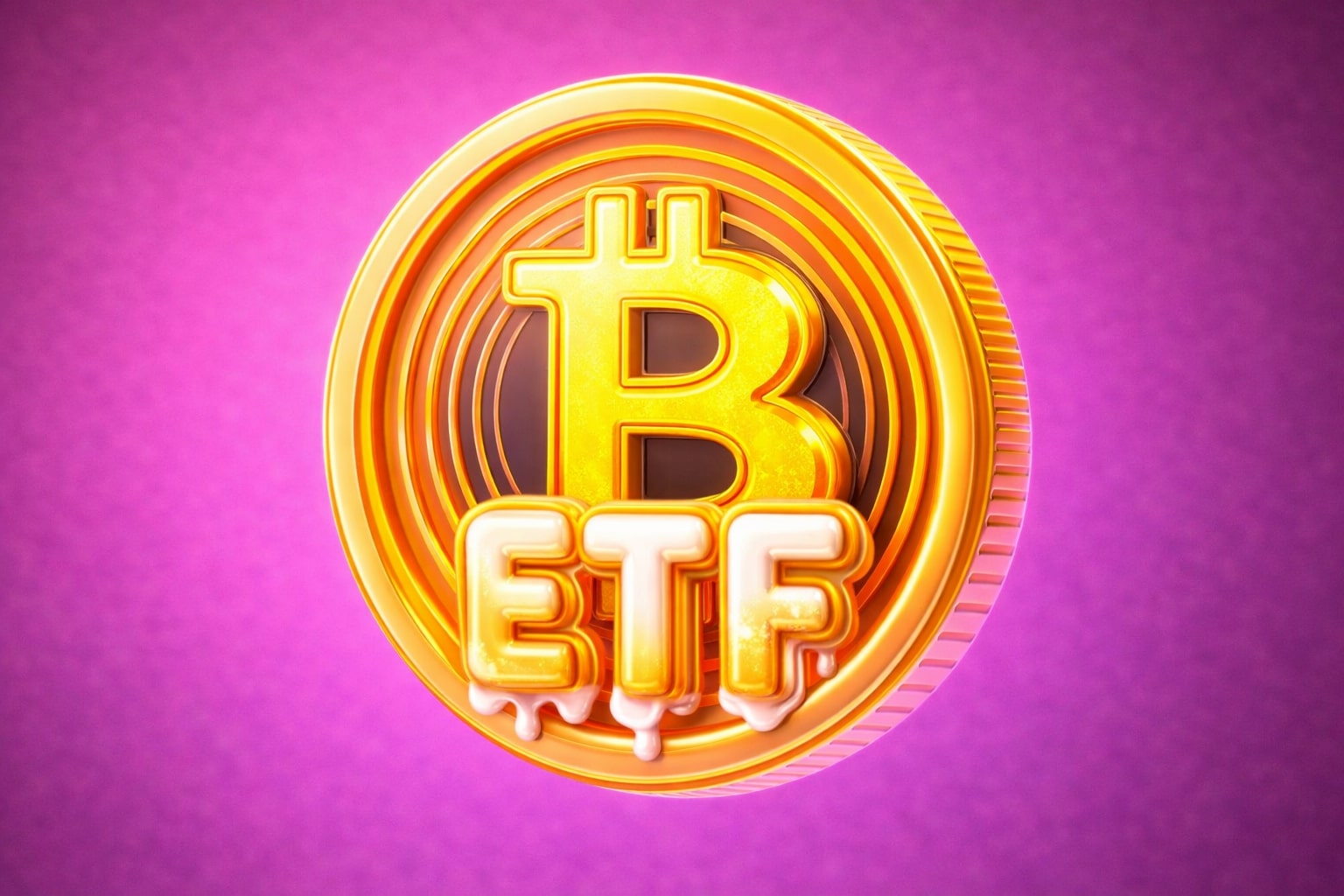Crosswinds in EUR/USD and U.S. Dollar Dynamics
EUR/USD has lingered near 1.1375 for three weeks even as a 0.59% slide in the U.S. Dollar Index to 99.00 disrupted short-term trends. The euro’s 6.5% advance year-to-date owes much to diverging monetary paths: the ECB has cut rates by 25 bps since March, driving euro-area money markets to price in another two 25 bp cuts by October, while Fed futures still imply only a 57% chance of a September rate reduction. That policy gap has buttressed EUR/USD above the 1.13 handle even as safe-haven flows and a stubbornly high U.S. 10-year Treasury yield near 4.20% cap further euro upside
Technical Battleground around 1.1400
EUR/USD remains trapped below the 1.1425 zone where the 200-day moving average and a descending trendline converge. A look at the weekly chart shows the Relative Strength Index perched at 69—its highest reading since November 2023—signaling overbought conditions but not guaranteeing an immediate reversal. Support is clearly defined at 1.1275, where the 50 % retracement of the March rally intersects with last month’s low. A decisive close above 1.1425 would unlock a path toward 1.1500, whereas a fade beneath 1.1275 opens the door for a slide back to 1.1200
On-Deck Catalysts for Traders
Thursday’s preliminary Eurozone GDP reading and April CPI flash will test the ECB’s resolve and could trigger a fresh leg in either direction. German inflation is expected at 0.3 % month-on-month, softening from March’s 0.4 %. If those figures match or undershoot forecasts, the EUR/USD rally may lose momentum as markets strengthen bets for deeper ECB easing. Friday’s core PCE Price Index in the U.S.—seen at 0.1 % for April—will determine whether the Fed can defer rate cuts or must act sooner. A below-estimate print would reinforce the dollar’s defensive bid and pressure EUR/USD toward its 1.1275 floor
Sentiment and Flow Indicators
Options market skews for EUR/USD show a mild put-over-call bias, implying investors are hedging against a pullback to the mid-1.1300s. Capital inflows into euro-area equities have outpaced U.S. inflows by nearly $5 billion this month, signaling broader appetite for euro-denominated assets. Yet FX swap spreads indicate that euro funding remains costly, limiting carry-trade interest and constraining any sustained rally above 1.1450
Comparative Outlook in Major Dollar Pairs
USD/JPY just reclaimed 142.30 ahead of Wednesday’s BoJ policy statement and may re-test the March low at 139.90 if the Bank of Japan surprises with a dovish forecast. USD/CAD has broken below key support at 1.3846—last year’s April swing high—and looks poised for a challenge to 1.3700 as oil prices hold above $60 WTI. These cross-currents in the FX complex can quickly amplify moves in EUR/USD, underscoring the importance of intermarket vigilance.




















